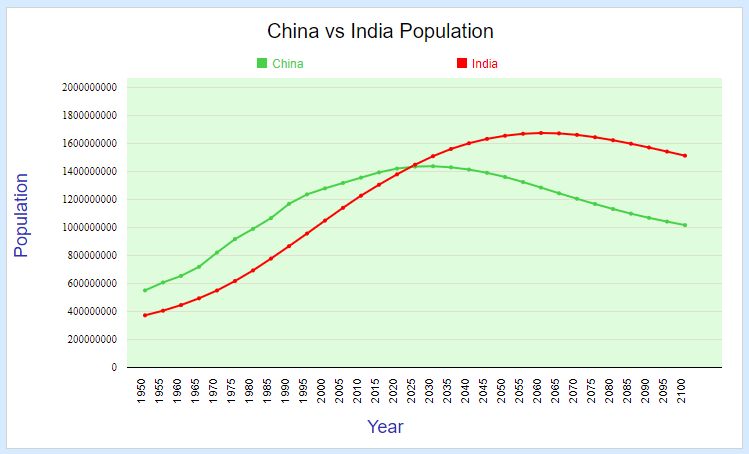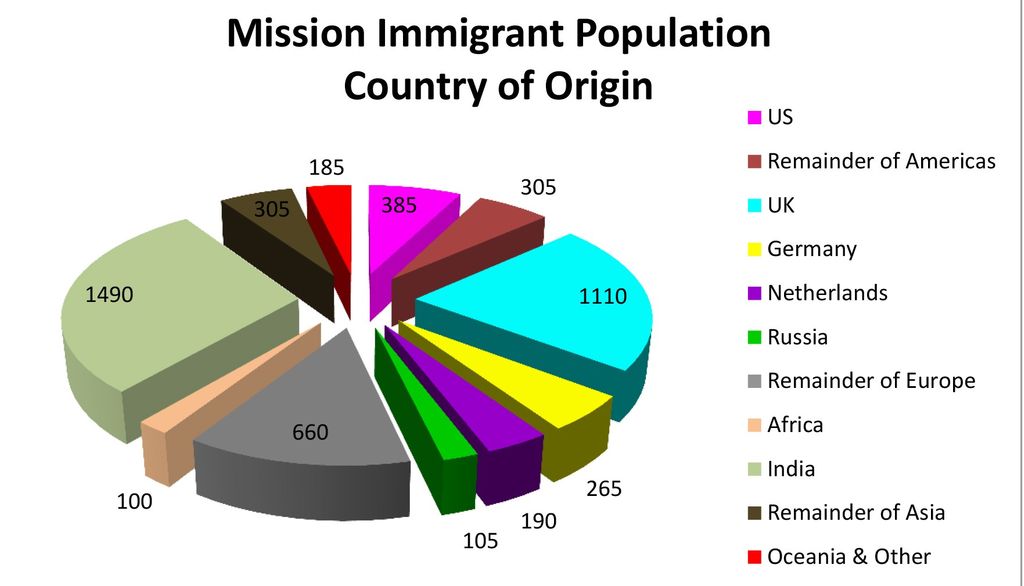Population Growth
Jun 28, 2019 • 5 views
Hello, Guys;
India's 2019 population is calculable at one.37 billion supported the foremost recent United Nations information. India, placed in South Asia, is edged by the Bay of geographical area, the sea, and also the ocean, and is additionally edged by the countries of Asian nation, Bhutan, China, Nepal, Myanmar (formerly Burma), and Bangladesh. India is the world's seventh largest country by space and also the second most inhabited country with quite one 3 billion residents. The 2011 census was the second largest the globe has ever seen-second solely to China's census the previous year. It took place in two phases. The first part, in Gregorian calendar month 2010, counted all of the buildings in an Asian country, and also the second part collected information regarding the folks of the Asian country. The census was a vast exercise, using immeasurable Indians. The total price of the census came to $439 million that was really significantly cheaper per person than most censuses command around the world. The average census prices over $4 per person, whereas the census in Asian country price simply $.50 per person. The 2011 census was the fifteenth nationwide census carried out in India. The first was held in 1881, although it was not able to cover all of the British-held Indian territories.

The rapid growth of the global's population for the past 100 years results from the difference between the rate of birth and death. The general trend in the population growth is explained in graphically as shown in the following graph. In 1980, the global population was about one billion people. It took about 130 years (in 1930) to reach two billion. But the population reached four billion within years (in 1975). Now we have already crossed six billion and may have to reach about ten billion by 2050 as per the world bank calculations.
Causes of rapid population growth:
The rapid population growth is due to a decrease in the death rate and an increase in the birth rate.
The availability of antibiotics, immunization, increased food production, clean water, and air decreases the famine-related deaths and infant mortality.
In agricultural based countries, children are required to help parents in the fields that is why population increases in the developing countries.

Problems (environment issues) of population growth:
Increase demands for food and natural resources.
Inadequate housing and health services.
Loss of agriculture lands.
Unemployment and socio-political unrest.
Environment pollution.
Increase in newborn diseases.

